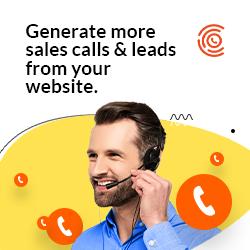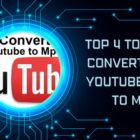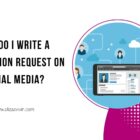Utilizing inbound methodology, you can attract, engage and delight customers to keep them coming back – creating a self-sustaining cycle of customer acquisition for your organization without needing to invest continually in marketing campaigns.
This strategy offers traditional sales-driven companies a boost by qualifying leads they cultivate more quickly, saving time and increasing total sales. Attract potential leads with content that speaks directly to their needs – this step begins the conversion process.
Attract
As consumer behavior has evolved over the years, marketers must adjust their approach. Traditionally, marketing teams focused on attracting new consumers and helping convert them into leads and sales; to better understand the consumer journey, marketers created funnels which illustrate each stage along the way to purchase. Today’s marketers can take an Inbound approach which encompasses four essential stages – Attract, Convert, Close and Delight for maximum impactful marketing results.
Attract refers to drawing in new customers through value-oriented content created for blogging, social media posts, paid search ads or videos. Businesses can achieve this goal through blogging, social media posts, paid search ads or videos and by providing valuable answers or instruction that captures potential customer’s questions or piques their interest – effectively drawing in targeted visitors that are ready for the next step of business growth.
Converting website visitors into leads is the next step of an inbound methodology, and is when your business can start building more meaningful relationships with potential customers on an intimate level. Engaging them through meaningful dialogue to understand each prospect’s individual needs and create meaningful interactions can help foster strong bonds while turning more leads into loyal customers.
Engage
Once your prospective customers have become interested, the next step should be engaging them through content and other methods that help them explore and consider what you offer – such as blogs, podcasts, or webinars.
As you progress with engagement efforts, it’s critical to identify what types of content best suit each buyer persona. Lead scoring provides a way to evaluate which prospects require more nurturing while prioritizing high-value prospects. Furthermore, engagement efforts should take into account each person’s preferred method of communication.
Once a prospect is ready to become a customer, it’s essential that they receive every chance possible to convert. That’s where lead nurturing and marketing automation tools can come in – these tools allow businesses to map out a buyer journey into an automated workflow capable of providing relevant content at just the right time to them.
Many small to mid-sized businesses experience difficulty turning leads into customers, often because the transition from marketing to sales is poorly executed. A strong inbound marketing strategy supported by an informed sales team can make the transition smoother and create an efficient flywheel of growth.
Delight
The delight stage may sound like an idealistic goal, but it is one of the most effective business functions your organization can focus on to drive growth. Happy customers fuel growth by purchasing more from you, recommending your products to others, and serving as brand promoters; unhappy customers will slow this growth by buying less frequently from you and referring fewer new prospects to you.
Once your leads are drawn in and engaged, the next step should be converting them to sales-ready prospects using forms, CTAs and CRM platforms to gather contact info – this is where the “convert” stage of inbound marketing comes into play.
Convert
Content that is fully optimised for search and relevant to each stage of the buyer journey will ensure prospects can find you easily, making conversion and nurturing possible through various lead generation techniques and nurturing campaigns which lead to customers and brand promoters in due time.
Modern marketing methodologies must prioritize providing customers with assistance at every step of their journey with your business. HubSpot made this concept central to its inbound methodology, which initially divided sales pipeline stages into four essential stages – attract, convert, close, and delight – but more recently this has been changed into more of a flywheel structure reflecting that customer experience is a continuous journey that never ends.
To fully implement an inbound strategy, it is critical that marketing, sales and service teams all work towards similar goals. By doing this, you can deliver an outstanding customer experience while simultaneously growing your business sustainably and predictably.







